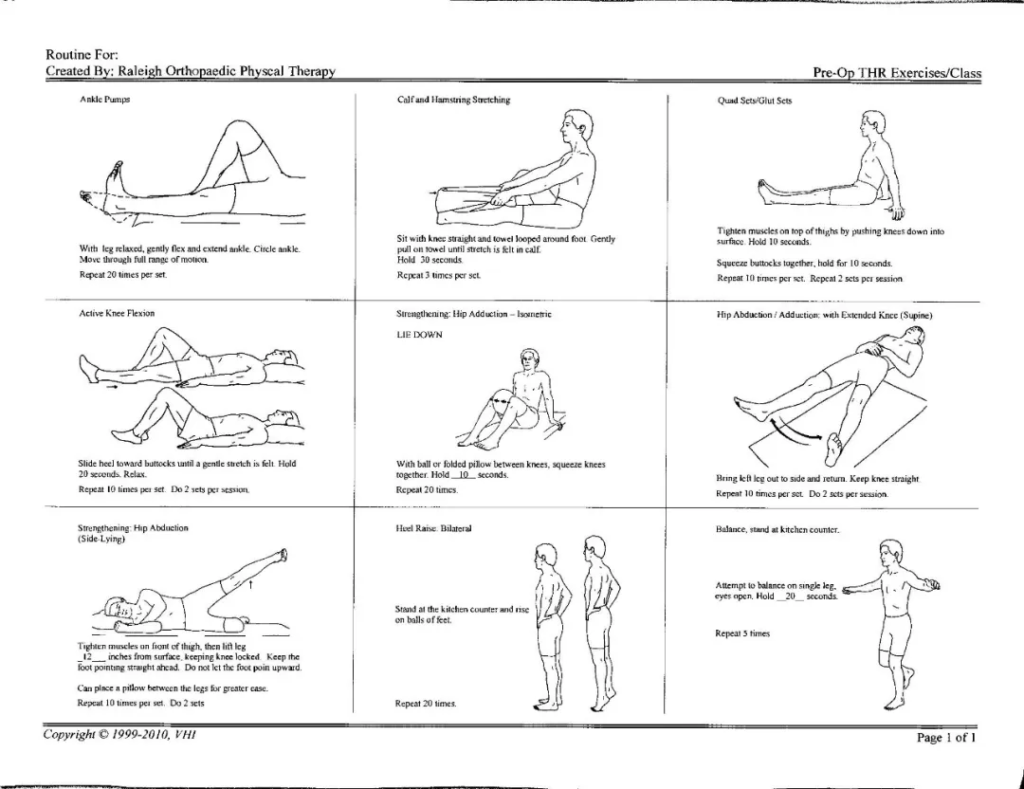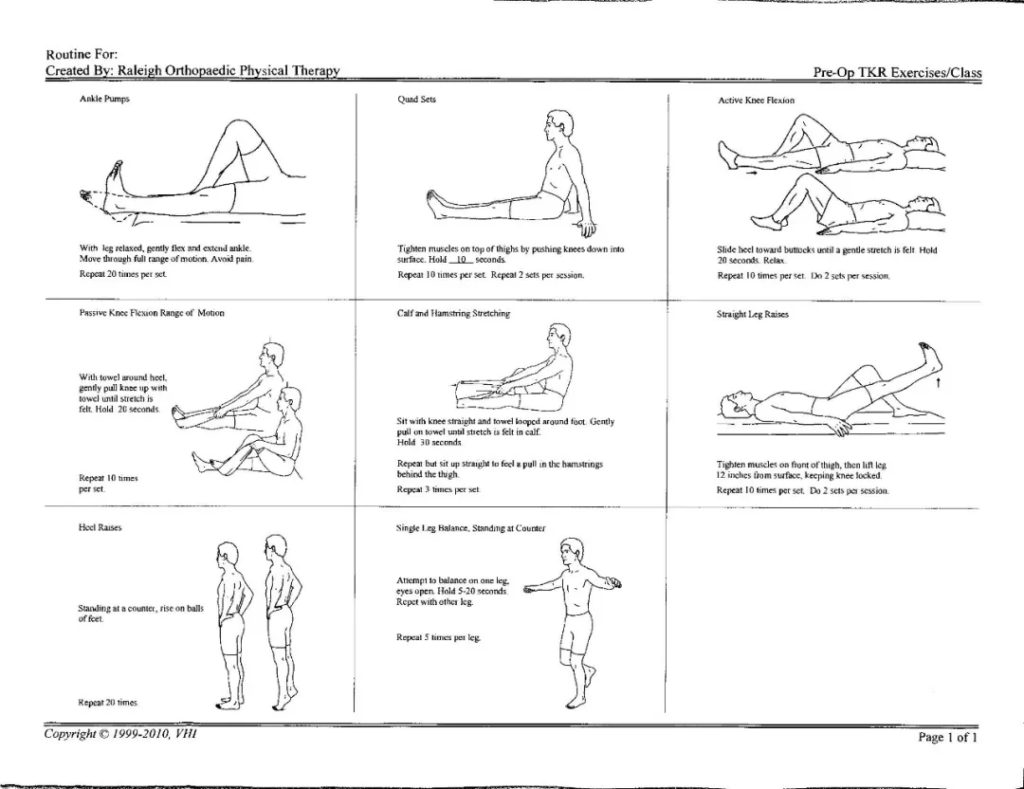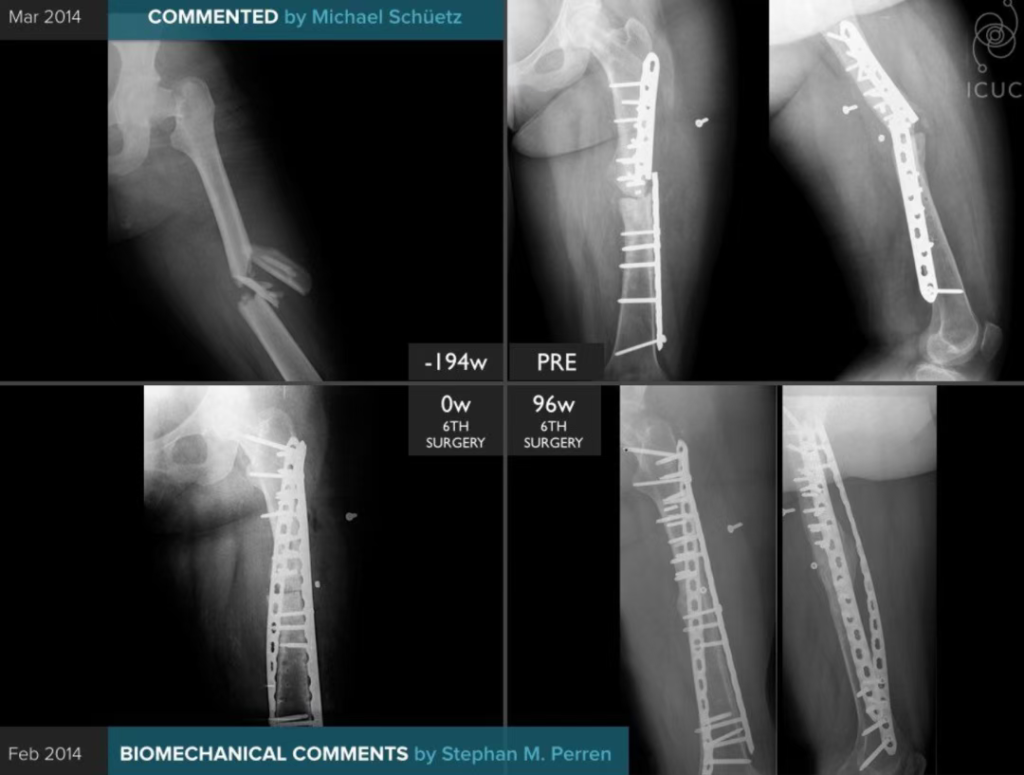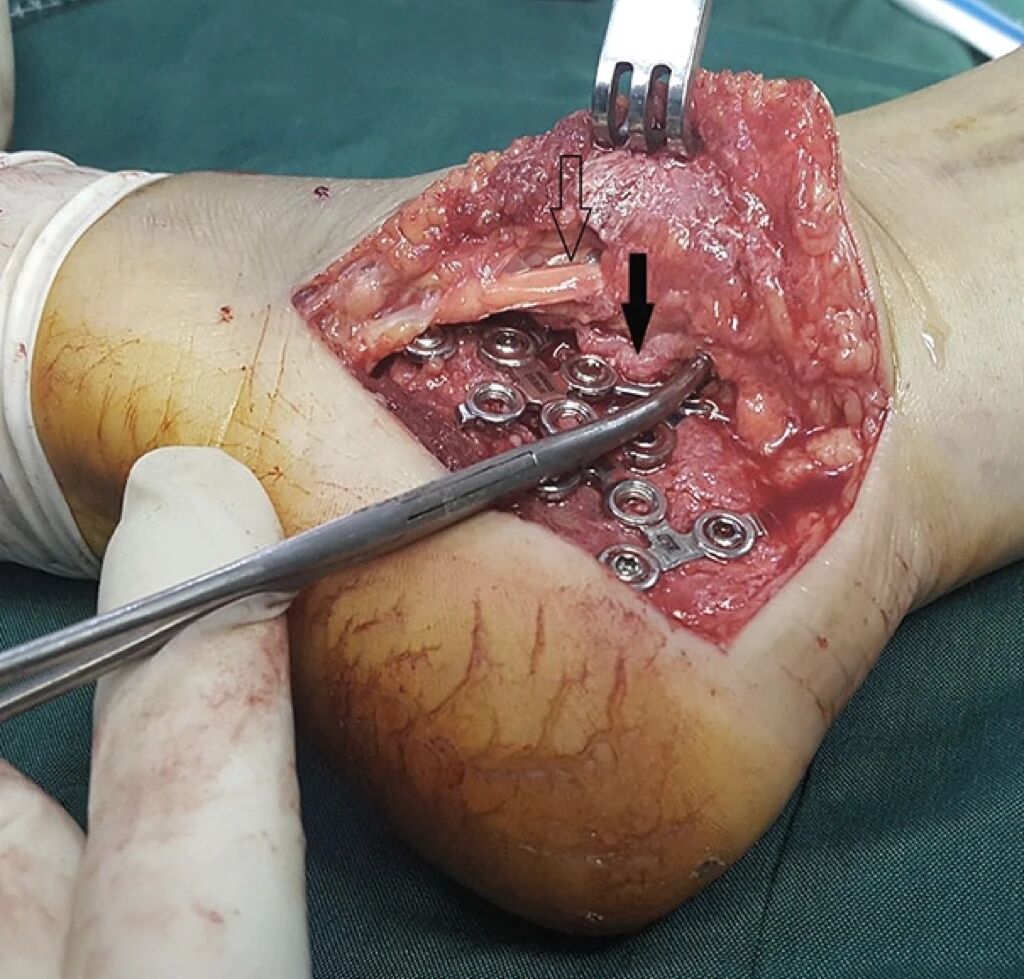This section provides a detailed examination of the necessity and benefits of functional pre-operative exercises before hip and knee replacement surgery, drawing from a wide range of medical literature and patient education resources. The analysis aims to cover all aspects considered in the research process, ensuring a thorough understanding for both patients and healthcare providers.
Background and Definition
Functional pre-operative exercises, often referred to as prehabilitation, encompass a set of physical activities designed to prepare patients for joint replacement surgery, specifically for hip and knee replacements. These exercises typically include strength training, balance exercises, and flexibility routines, tailored to improve the patient’s physical condition before surgery. The goal is to optimize muscle strength, reduce pain, and enhance mobility, setting the stage for better surgical outcomes and faster recovery.
Evidence from Systematic Reviews and Meta-Analyses
Research has extensively explored the impact of pre-operative exercises on joint replacement outcomes. A systematic review and meta-analysis by Moyer et al. (2017) found that pre-operative exercise and education significantly improve outcomes following total hip arthroplasty (THA) and total knee arthroplasty (TKA), reducing post-operative pain, enhancing function, and shortening length of stay (JBJS Reviews). This study, based on randomized controlled trials, provides moderate-quality evidence supporting prehabilitation.
Another meta-analysis by Wang et al. (2021) focused on TKA, showing that pre-operative exercise interventions improve early rehabilitation effects, with stronger quadriceps strength, wider knee flexion, and reduced arthritis index scores post-surgery (Annals of Palliative Medicine). These findings suggest that pre-operative exercises enhance muscle strength and joint stability, crucial for recovery.
For hip replacement, a 2013 systematic review indicated positive pre-operative effects, particularly in reducing pain and improving function before surgery, though benefits were less consistent for knee replacements (ScienceDirect). This highlights a potential difference in effectiveness between hip and knee, which warrants further investigation.
Specific Benefits and Mechanisms
The benefits of pre-operative exercises can be categorized into several key areas, supported by clinical studies and patient education resources:
- Pain Reduction: Pre-operative exercises, especially for knee osteoarthritis, have been shown to reduce pain prior to surgery, with standardized mean differences indicating significant improvement (ScienceDirect). This pain reduction can enhance patient comfort and readiness for surgery.
- Muscle Strength and Flexibility: Exercises such as gluteal sets, straight leg raises, and hip abductions strengthen the muscles around the joint, supporting the new joint post-surgery. For instance, Penn State Health recommends exercises like ankle pumps and quad sets to begin strengthening legs before hip replacement (Penn State Health). This is crucial as muscle weakness is a main cause of functional decline post-surgery.
- Improved Range of Motion and Balance: A 2023 study on TKA patients found that pre-operative high-intensity strength training combined with balance training improved knee range of motion and reduced fall risk, with significant improvements in Berg Balance Scale scores (Journal of Orthopaedic Surgery and Research). For hip replacement, similar exercises enhance mobility, facilitating activities like stair climbing and walking.
- Faster Recovery and Shorter Hospital Stays: The Royal Australian College of General Practitioners (2020) notes that prehabilitation can shorten length of stay and improve post-operative function, supported by a meta-analysis of RCTs (RACGP). This is particularly important given the potential for long waiting lists and the need to optimize outcomes.
- Reduced Need for Inpatient Care: An unexpected detail from patient education resources is that prehab can reduce the need for inpatient care by up to 73% for hip replacement patients, as noted by Performance Health, based on studies showing increased strength aids early mobility (Performance Health). This can significantly impact recovery costs and patient experience.
Patient Education and Engagement
Pre-operative exercises also play a role in patient education and engagement. The RACGP article emphasizes that setting appropriate expectations through prehabilitation ensures patients are actively involved in their treatment process, which is vital for mental readiness and adherence to post-operative rehabilitation (RACGP). University Orthopedics Blog compares prehab to training for a marathon, highlighting its importance in preparing muscles and body for recovery (University Orthopedics).
Practical Implementation and Examples
Patient education resources provide specific exercises to illustrate prehabilitation. For example, Trinitas Regional Medical Center lists exercises like gluteal sets (squeezing buttocks for 5 seconds, repeat 10 times, two to three times a day) and straight leg raises for hip replacement, emphasizing their role in strengthening (Trinitas Regional Medical Center). For knee replacement, Allina Health recommends exercises like ankle pumps and quad sets, noting they can be done one to two times daily, every day before surgery (Allina Health). These examples show how pre-operative exercises are tailored to individual needs, with patients advised to judge their exercise capacity and stop if discomfort increases.






